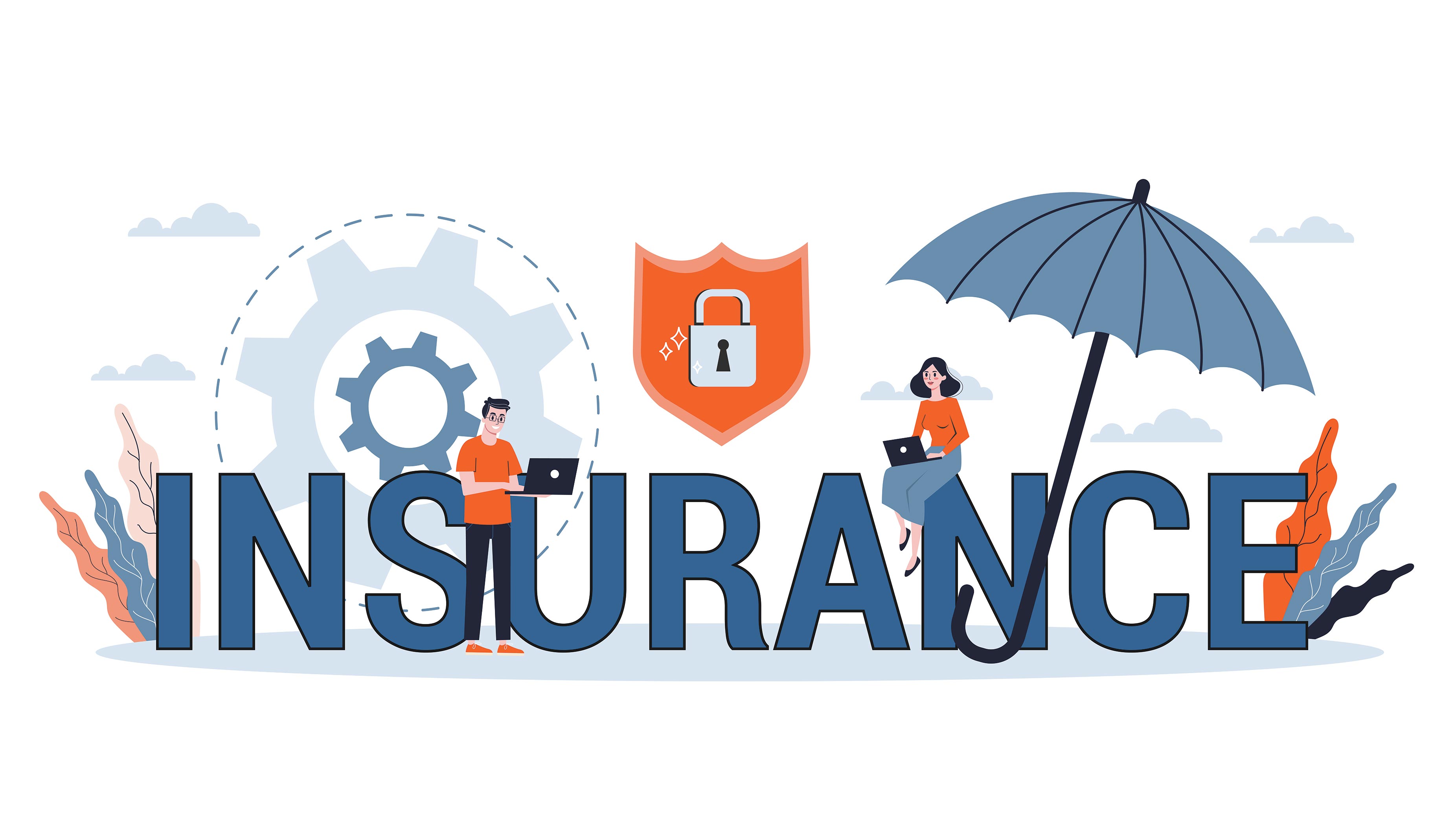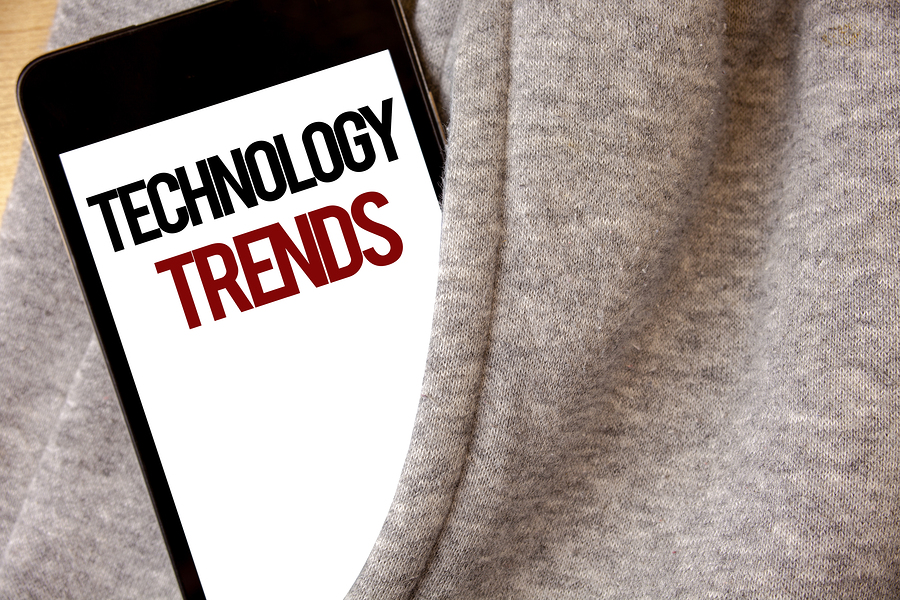Is consumer loyalty all about bringing consumers back to the store or site again and again? “Yes” would be the marketers’ answer, and that’s precisely why their mind is abuzz with terms like points, coupons, sweepstakes, promotions and discounts. Loyalty programs have brought millions to companies like Starbucks, Sephoras, Shop4Vitamins, Costco, etc., and so our marketers are hardened to believe in its effectiveness. But is it possible to sustain gratitude by just doing nice things for your customers? Giving rewards can work only for the short term as customers can either get conditioned or easily wooed by nicer gifts from your competitors. Aren’t our marketers failing themselves in not thinking beyond the obvious? Or are they simply missing the wood for the trees?
This fact can be better understood when viewed in light of what consumers think about loyalty programs. A recent independent study on customer loyalty found that three-fourth of customers believe that loyalty programs are for brands to show their loyalty to consumers. On the contrary, two-thirds of marketers believe loyalty programs are all about ensuring consumers show their loyalty to brands. The message, therefore, is loud and clear: loyalty has to be reciprocal and genuine. When this happens, generating long term loyalty becomes easy.
So, how does one create a sense of two-way loyalty? Just as one creates one-way loyalty i.e. by showing gratitude, but not of the kind earned through offers. The gratitude we are talking about is the one earned through a shared purpose with your customers. This way, the authenticity of customer appreciation gets amply manifested and lays the foundation for building a relationship beyond transaction.
Here’s an example of how GE went on to achieve this with its “Healthymagination” program. The objective was to create a shared purpose of better health for all and, in the process, create an emotional connection around health. The company engaged people in talking about health on social media platforms and chipped in by expressing appreciation such as “@X your blog post made us smile”. In some cases, they even sent personalized gifts like a water bottle or yoga mat to express support. Customers realized that the company’s initiative was selfless and felt driven to connect with the initiative. What the company gained in the process was huge and invaluable — two-way loyalty, without doling out a coupon or loyalty program point.
Marketers need to realize that customers no longer want to be treated as consumers. Instead they would appreciate being treated as a part of the brand. By involving customers in a program, you give them the feeling of a common purpose, and in the process, get a chance to cultivate a deep emotional connect with them. Once this is done in earnest, customer loyalty flows in in abundance.



